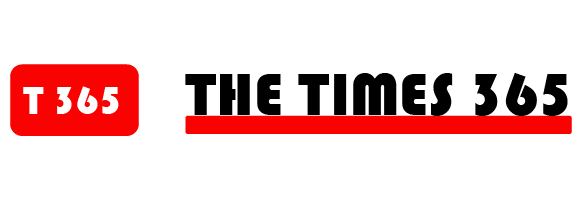There are dozens of budgeting tools on the market, but why would you spend your hard-earned money on additional software when you already have Excel? By using a standard spreadsheet combined with some advanced tricks, you can create a budget to rival any specialized program.
5 Advanced Excel Tips for a Better Home Budget
1. Start with a template.
The most challenging part of creating a budget is Excel is choosing a format. There are a number of different ways to set up any budget, so rather than wasting time messing around with the design, look around the web for templates. You’ll find Excel-specific spreadsheets for household budget, monthly and yearly formats, and even budgets for special events like weddings and holidays.

2. Consider complexity.
Once you have a spreadsheet, start by learning a few tricks to enhance your Excel-based budget. For example, Excel has a tendency to disappear what it views to be extraneous zeroes—like the ones at the beginning of a check number or when you’re itemizing. By adding a single quotation mark before the zero, Excel will keep all of your zeroes without disrupting your budget format.
Another simple Excel trick to learn early on is how to format the cells. Longer categories or added information tends to disappear in Excel sheets, but if you wrap the text, it will create a larger box to accommodate the content. These tricks are so easy that even kids can learn them. Since budgeting is a skill everyone needs, start your kids young with a basic budget and learn new skills together. Pretty soon, they’ll be teaching you shortcuts.
Related: 12 Sneaky Habits That Kill Your Budget in the Night
3. Shuffle it up.
It happens all the time: You build a budget and it just seems out of order. All the information is there, but it could be more accessible. This is where the skills get more complex. Pivot tables let you rearrange data in Excel, specifically select certain figures, and run calculations on that data. By building in pivot tables, you can sort data from within a larger set without losing your original formatting because the new calculations can be shifted to a new worksheet.
4. Set up references.
Even in a budget, some pieces of information are almost always more powerful or useful than others. That’s why you should use absolute references to keep track of that information. Simply put, absolute references are a way of keeping two cells in your budget matched; X will always equal Y.
Absolute references are an ideal way to save time and prevent calculation errors. Do the math once, plug it into the original location, and Excel automatically transfers it to any additional cells linked through the function. No more errors based on forgetting to transfer values.

Related: The Foolproof Monthly Budget: How to Save Up Money to Buy Investment Properties
5. Represent it differently.
Even if you learn all the Excel tricks for better budgeting, it can be hard to interpret all your financial data, and that’s why some people prefer a more visual approach. Luckily, Excel can oblige. Spend some time experimenting with the graphing function and transform your expenditures into a pie chart or line graph. Pie graphs are a great way to understand how the entirety of your income is distributed, while line graphs can give you a sense of changes to income and spending over time. Graphs are a surefire way to turn information into insight.
Budgeting can be a drag, but once you learn the shortcuts, Excel makes it easy, minimizes your time commitment, and provides comprehensive results. So skip the fancy programs and boot up that old standby. Excel will straighten out your finances in no time flat.
Excel pros: What other tips would you add to this list?
Leave a question or comment below!
Note By BiggerPockets: These are opinions written by the author and do not necessarily represent the opinions of BiggerPockets.







